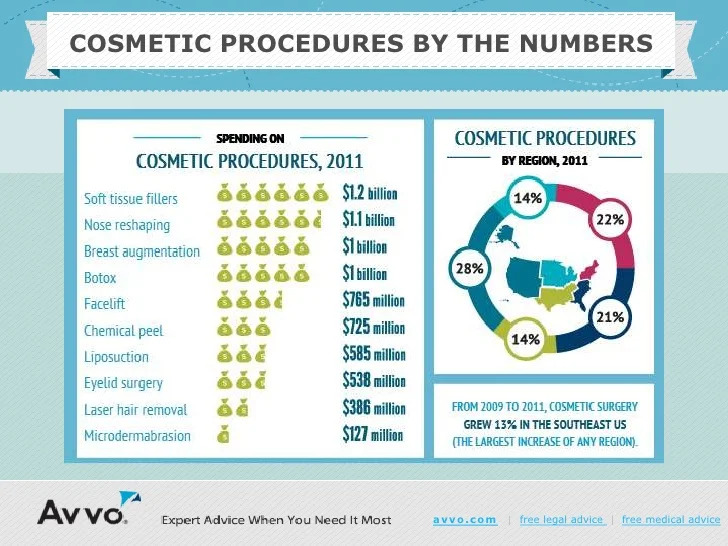AHAs are a vital active ingredient for unclogging pore blockages and lightening up acne-prone skin. They work by breaking down dead skin cell accumulation to promote more recent, fresher cells, and stopping future blockages.
Creating topical AHAs necessitates precise focus to numerous key elements that dramatically impact their efficacy and tolerability. Preserving the ideal pH array, in addition to car choice and focus, intensifies their exfoliative attributes while reducing prospective negative responses.
Glycolic acid
Glycolic acid is recognized for its mild yet effective exfoliating buildings, which promote skin's natural shedding and loosen the "glue" that holds dead cells on the surface of the skin. This assists unblock pores and decrease the appearance of fine lines and wrinkles, as well as improve overall skin texture and tone.
Remarkably, topical glycolic acid has likewise been revealed to promote the manufacturing of collagen, which is important in keeping skin's suppleness and flexibility. It is essential to note, however, that since glycolic acid can promote the skin's sensitivity to sunlight, it is necessary to use sunscreen when utilizing any type of products including this component.
Skin specialists pay cautious interest to the formula of products including AHAs in order to optimize their efficacy and tolerability. Formulating AHAs with the appropriate vehicle, along with pH and concentration considerations, allows for optimal skin penetration while reducing potential unfavorable reactions. This is particularly crucial for patients with delicate skin, given that AHAs are recognized to be slightly annoying.
Lactic acid
Lactic acid is discovered in numerous over-the-counter skin care products and some more powerful specialist peels and therapies. It has the lowest molecular weight of all the AHAs and is able to penetrate much deeper right into the skin, where it is a lot more efficient at unclogging pores and exfoliating.
Like glycolic acid, it also boosts collagen synthesis, which helps diminish great lines and creases and enhance skin structure. Additionally, it has moisture-retention residential or commercial properties, which makes it more suitable for drier skin kinds than various other AHAs.
The comprehensive body of clinical information confirming the effectiveness of topical AHAs supports their utility in a wide range of skin-related ailments and aesthetic concerns. These consist of detailed skin renewal procedures, depletion of great lines and wrinkles, lightening of hyperpigmentation, therapeutic treatment for actinic keratosis, and acne administration [2] Enhancing the formulation of AHAs by stabilizing pH, focus, and car option additionally improves their therapeutic possibility. These cautious considerations make it possible for skin specialists to provide safe and reliable treatments that provide premium scientific results.
Mandelic acid
Mandelic acid, stemmed from almonds, is one more member of the AHA family members and is a prominent ingredient in items that assist treat masseter botox before and after acne. Its bigger molecular size suggests it permeates the skin more gradually and carefully, which can reduce the possibility for irritation. It's additionally much less likely to activate inflammation and various other skin level of sensitivity problems, making it ideal for delicate skin types.
Mandelic Acid is believed to help reduce swelling and boost hydration. It functions by loosening the bonds in between dead skin cells, enabling them to lose and expose fresher-looking skin. It also helps in reducing the appearance of bigger pores.
Formulating topical items with AHAs requires an exact balance of vital elements that dramatically affect their efficacy and tolerability. Particularly, the pH of an AHA formulation has actually been shown to play an important role in its capability to promote peeling and enhance skin tone and texture. Accomplishing this optimum concentration is a challenging objective and requires careful attention to the different variables that affect the solution process.
Citric acid
Citric acid, located in citrus fruits such as oranges and lemons, is a mild AHA. It's much less irritating than glycolic or lactic acid, making it better for delicate skin. It also has astringent buildings, helping to dry excess oil.
Like other AHAs, citric acid can be utilized in chemical peels and day-to-day active/maintenance treatments to scrub the skin and advertise cell turnover. It can help in reducing the appearance of dark areas and hyperpigmentation, along with fine face lines.
It can additionally enhance the synthesis of glycosaminoglycans, which play a vital role in enhancing the skin obstacle function. This assists to avoid trans-epidermal water loss, and maintain ideal hydration degrees in the skin [35]
AHAs can be combined with calming active ingredients such as ceramides or hyaluronic acid to improve their tolerability. They can be integrated right into daily active/maintenance skin care via cream or lotion solutions. This allows specialists to customize their AHA therapies based on client requirements and choices, with the flexibility of selecting from various therapy intensities or concentrations.
